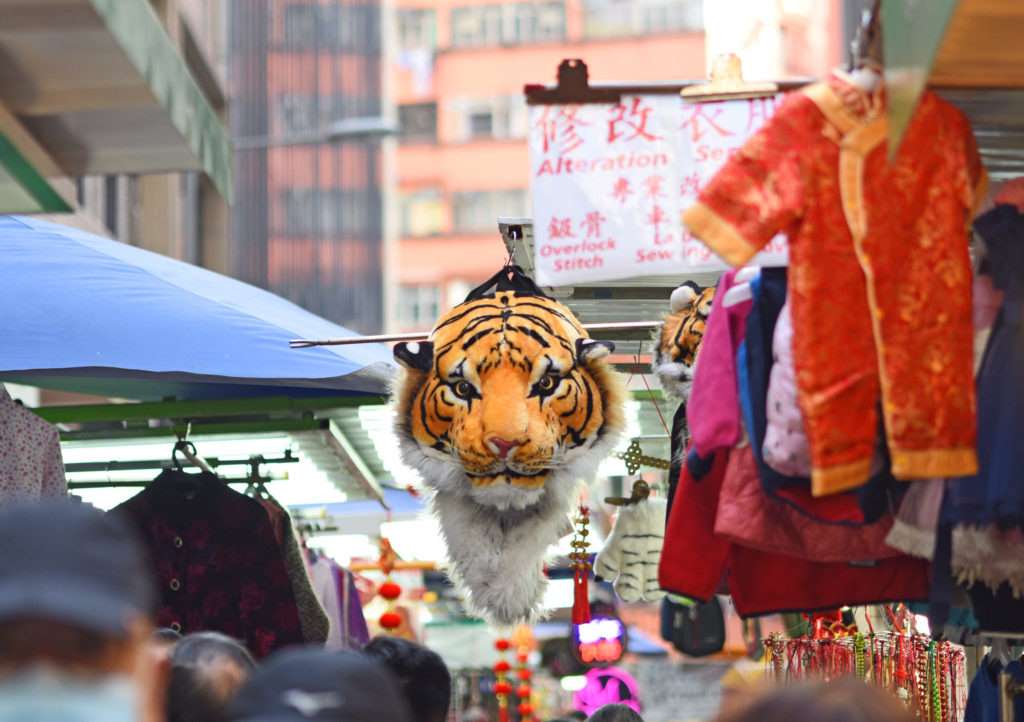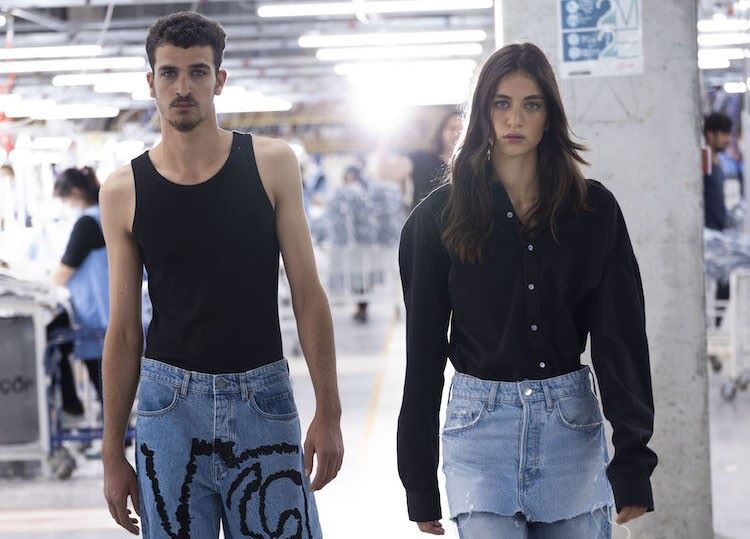
While launching the ‘Make in India’ campaign in September 2014, PM Narendra Modi had stressed on the nation’s handloom and handicraft legacy as the campaign called on designers to back the cause. The textiles industry is India’s second largest employer after agriculture, engaging 40 million people, directly or otherwise. Yet the experts believe the fashion industry hasn’t received any government recognition till date.

The recently held TextilesIndia 2017 in Gandhinagar seems to be a path in the right direction. It brought together established and emerging designers with master craftsmen. Indian Handloom Brand show included a segment where designers showcased their work, created in collaboration with handloom clusters weavers from various regions of India. For instance, Hemang Agrawal and Rajesh Pratap Singh collaborated with handloom clusters from Varanasi and Anavila Misra, known for her ethereal linen of saris, collaborated with clusters in Gadwal. Through the initiative, the Ministry of Textiles claims to be working towards creating rural employment. The ministry hopes to turn Jharkhand into a new apparel and footwear hub, while a farm-to-fashion project unfolds in Gujarat. The government has stepped in to fund another project, Size India, with the National Institute of Fashion Technology. Most developed nations work with standardised sizing. India borrows the Western scale. Size India hopes to change this.
Figures speak
India stands at $41 billion, of which textiles contribute $24 billion and apparel $17.1 billion. This figure could have something to do with the fact that India’s export strength is cotton-based – it is the second largest producer of cotton after China. Darlie Koshy, CEO of the Apparel Training & Design Centre and Institute of Apparel Management points out in 1991, cotton was placed at $5 per band, and continues to sell at the same price. How can we expect to make a dent in our exports?
Everywhere in the world, textile and apparel industries come together as an integrated global fashion ecosystem, in which cotton growers or manmade fibre producers, fabric manufacturers, designers and fashion-related media, all work towards promoting the current or forthcoming fashions for garments, home furnishing, lifestyle products and accessories. In India, this network is missing. Turf protection by each segment means there is almost no dialogue between various players. Only an integrated fashion system that collectively moves towards creating consumer pull and demand for products can effectively create global leadership, highlighted Koshy. He feels, leadership qualities need to be encouraged in the fashion sector. Branding is an important exercise. Be! Fund, India’s first not-for-profit risk capital fund for less privileged young people, could have been a step in the right direction, but has been a non-starter for several years.












